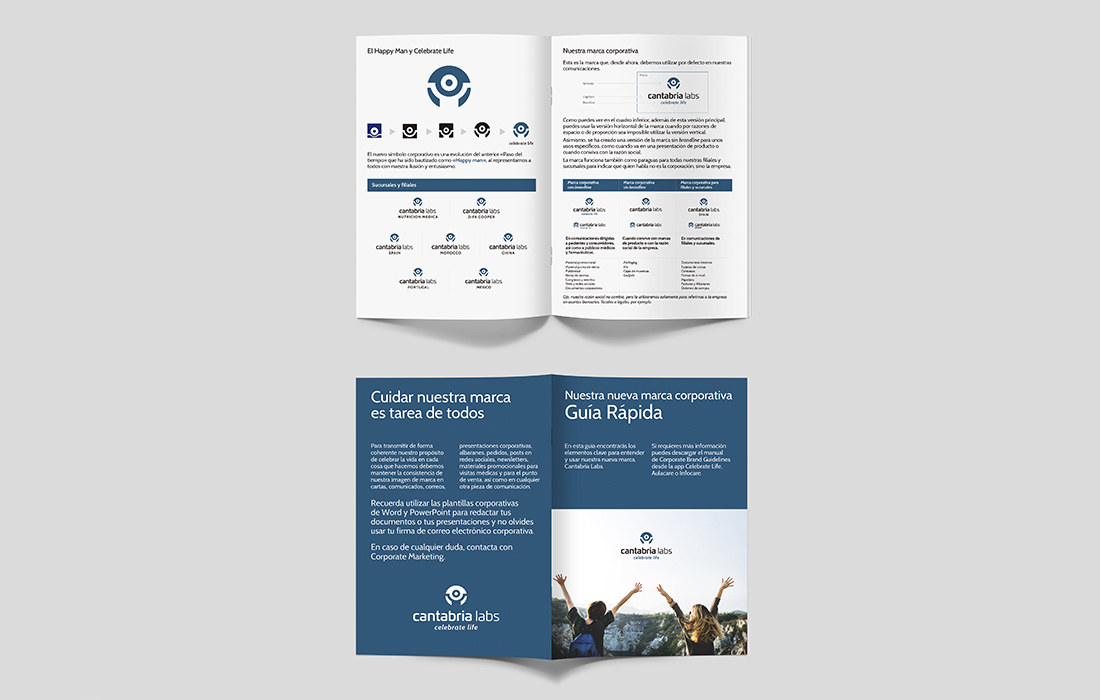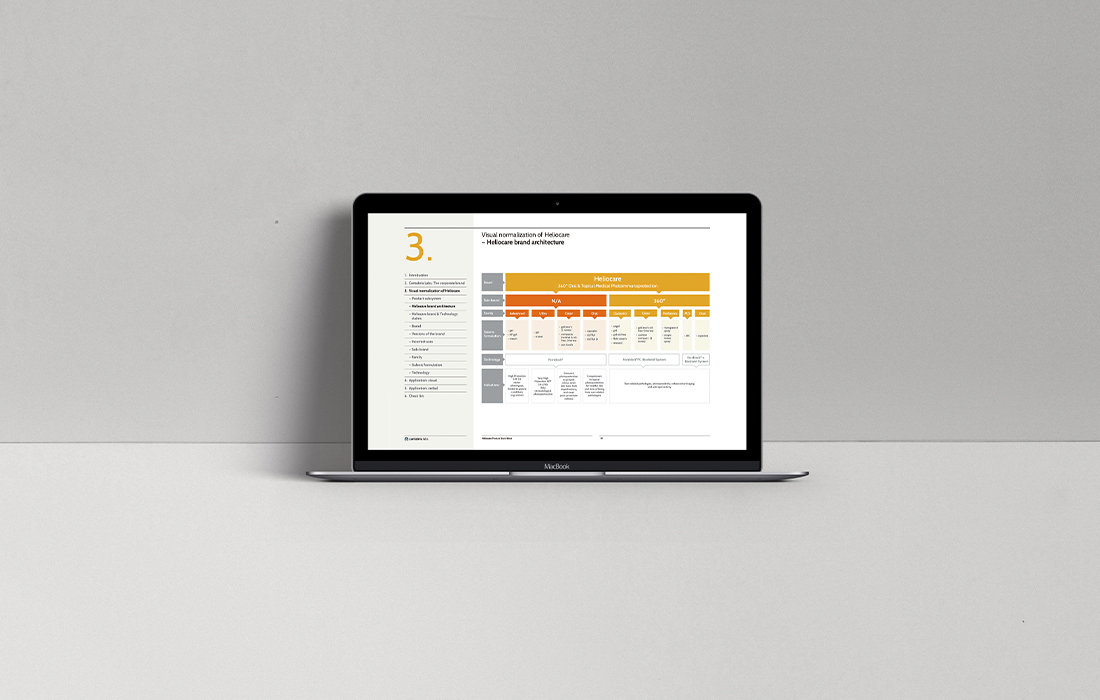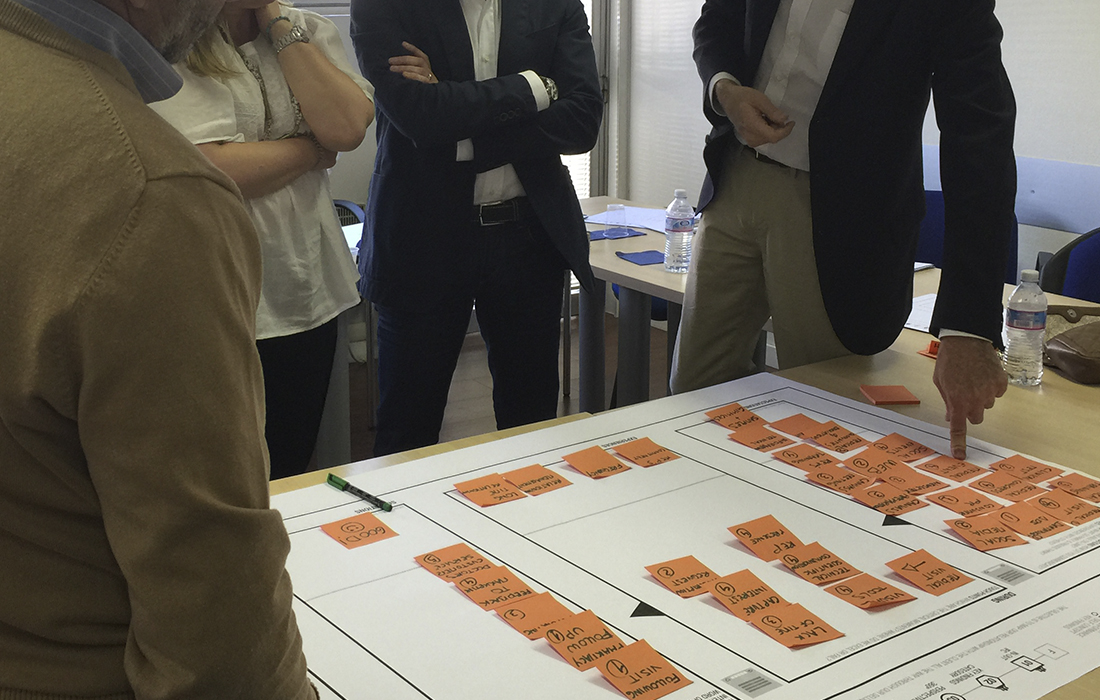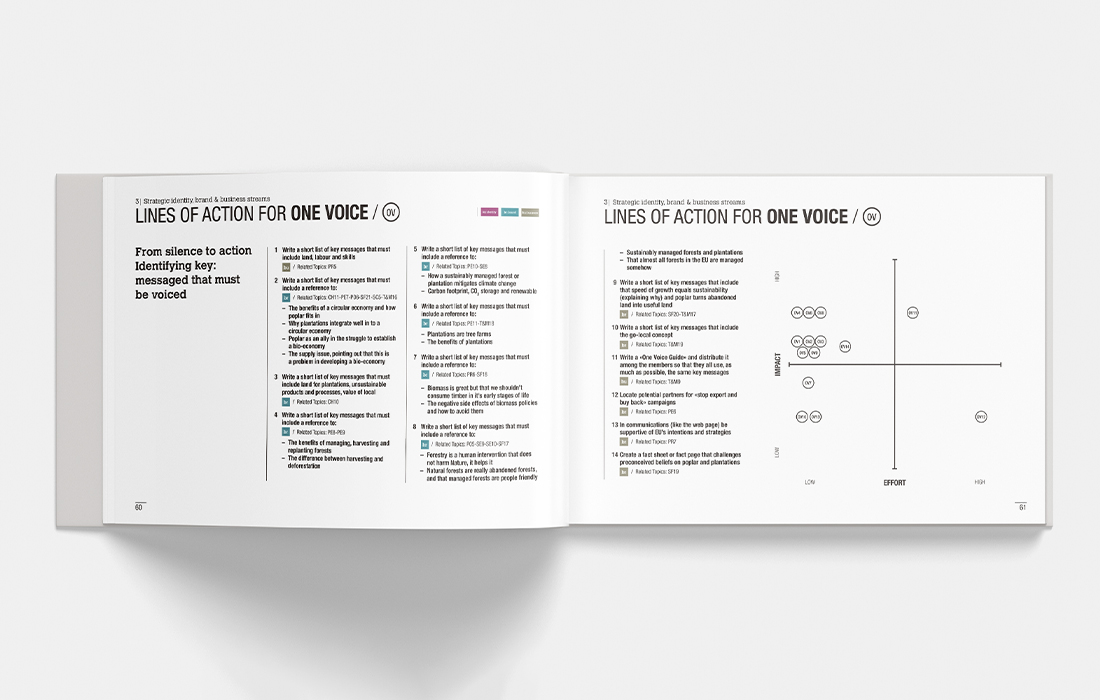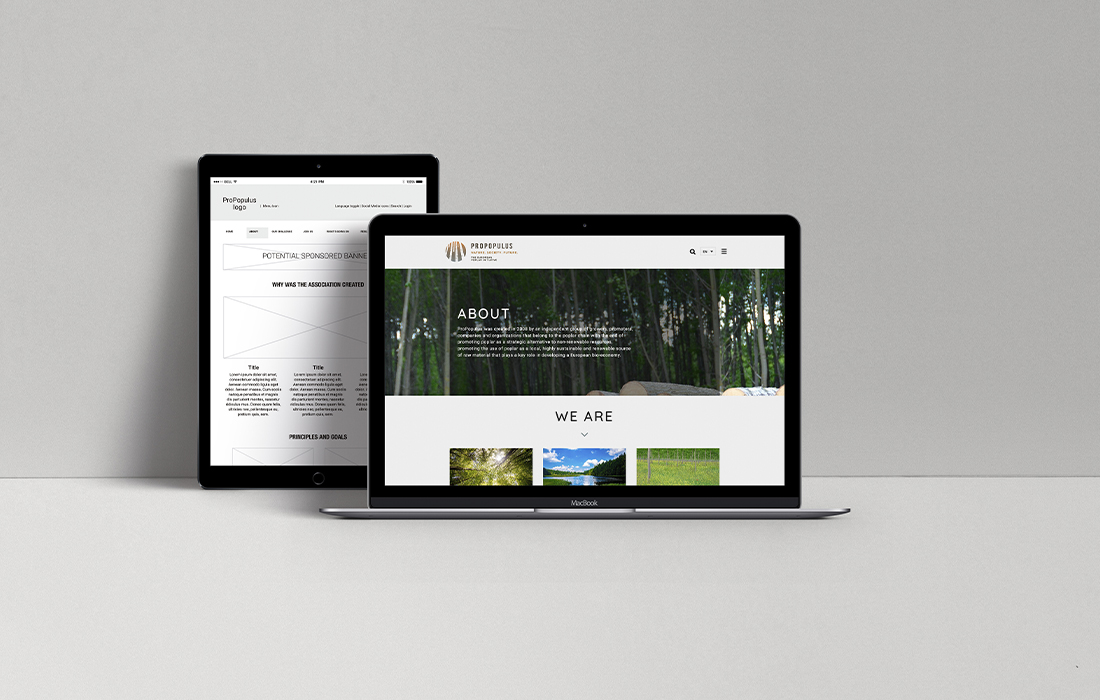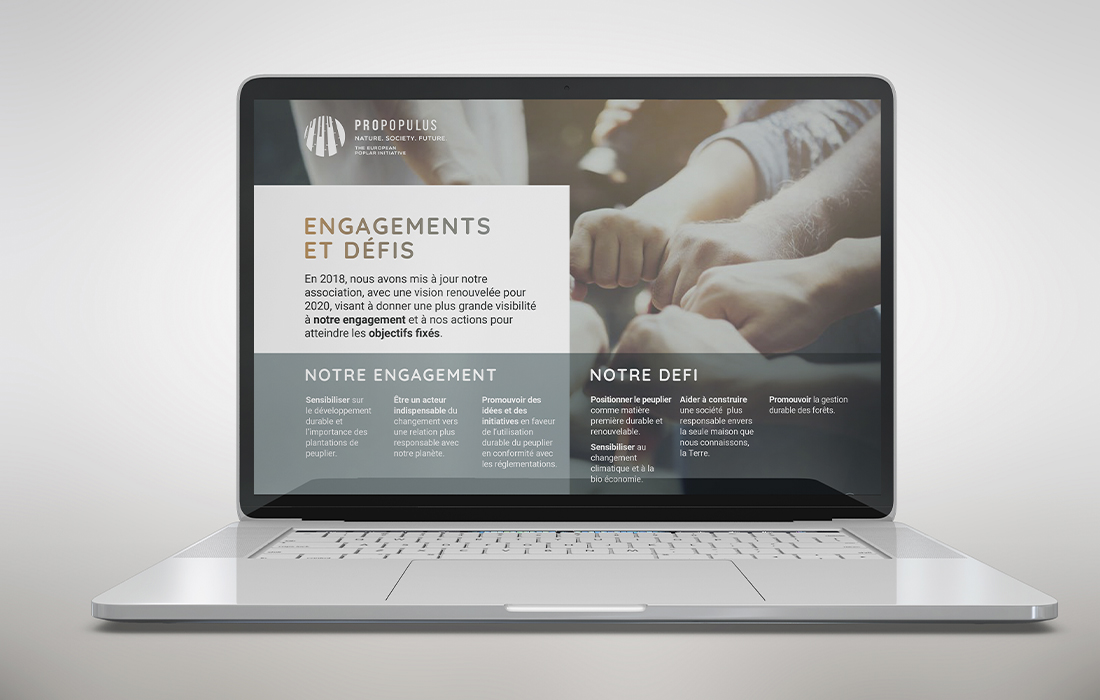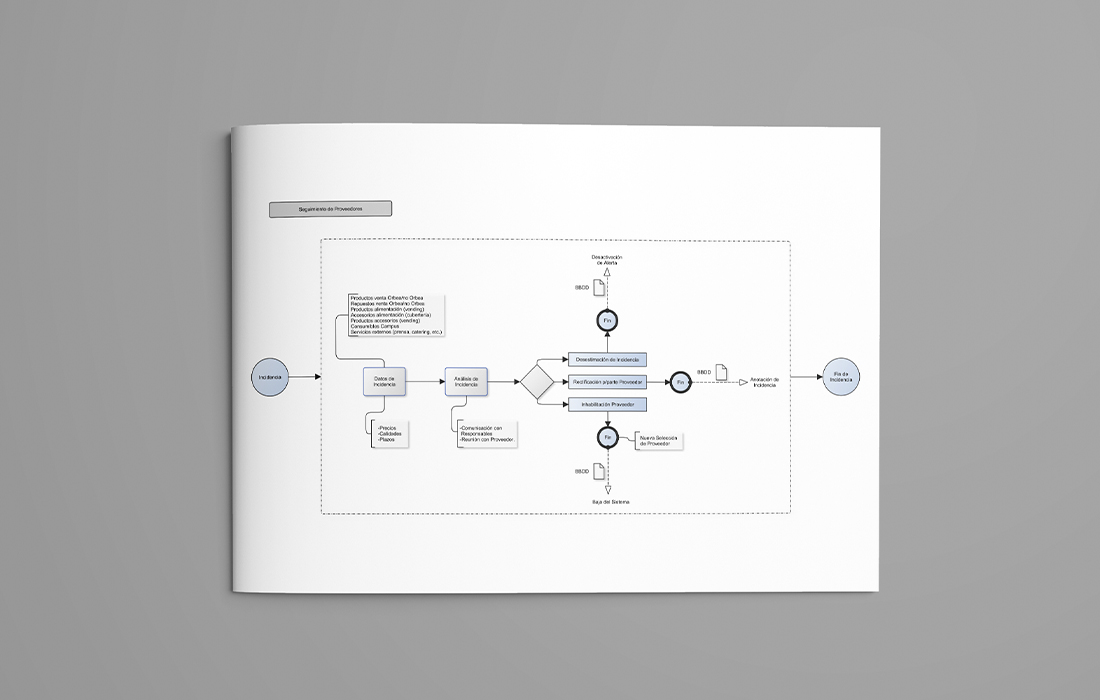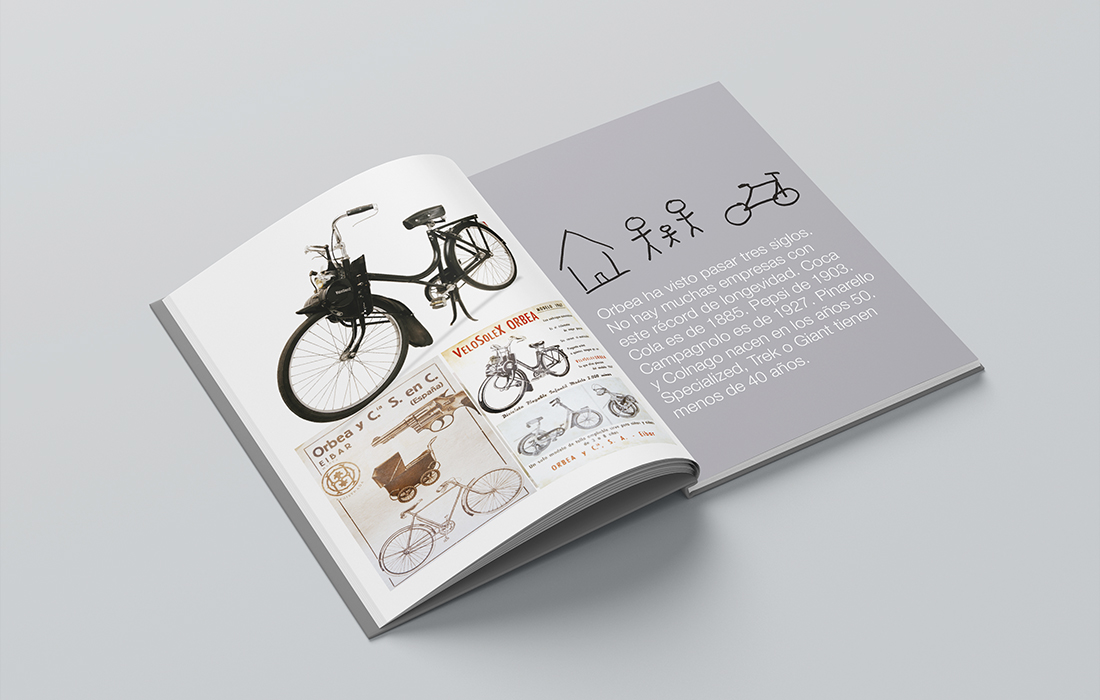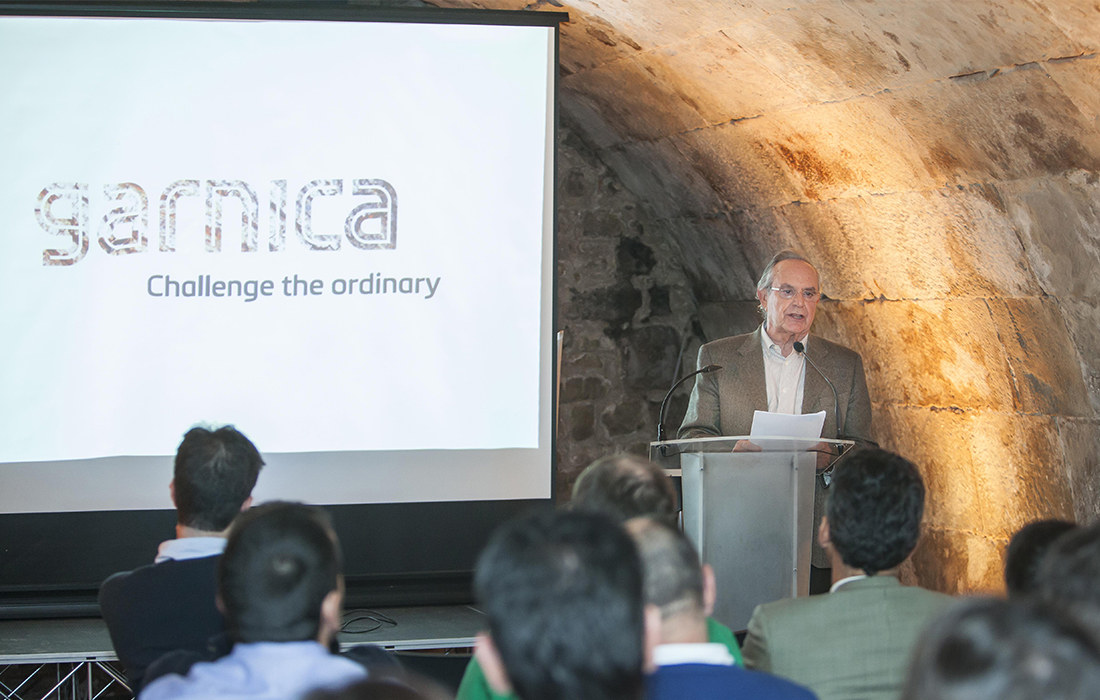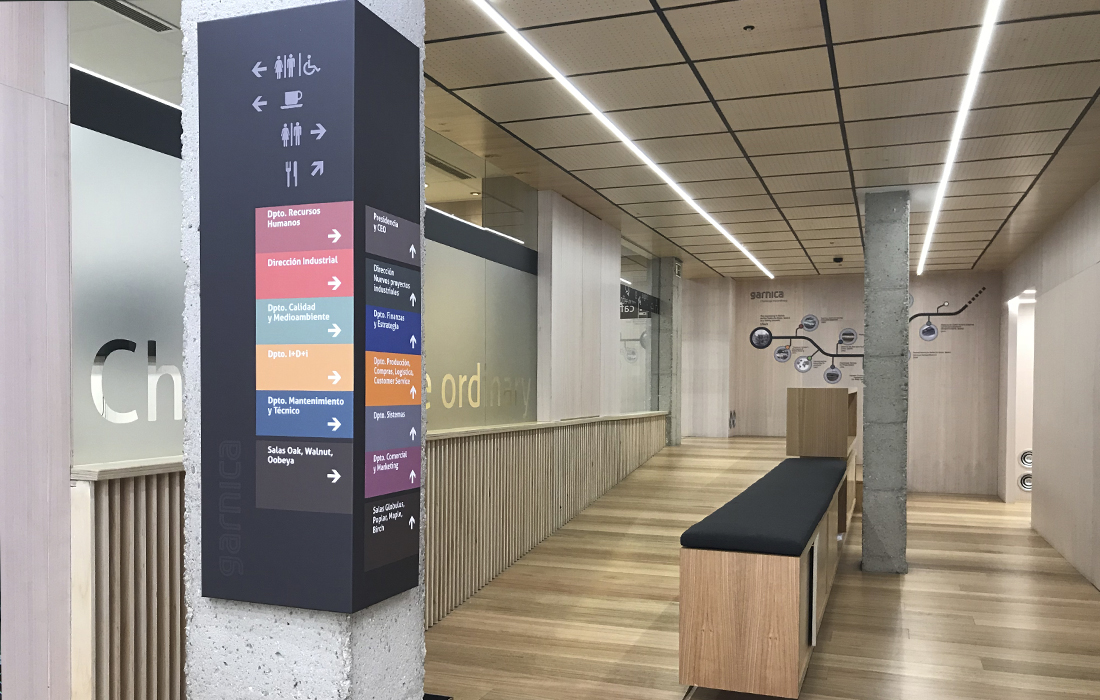
24 Jul Innovation and being creative to boost competition
Whiplash Team, July 24th, 2020
Innovation and being creative to boost competition
Prioritizing innovation is the way to foster post-crisis growth, says a recent study by the consulting firm McKinsey & Company. However, the same research shows that, in the context of the crisis caused by COVID-19, most companies –except for techs and pharmaceutical companies– have focused on the short term growth and has put aside investment in R & D + I (research, development and innovation). This, stated in the research by the consulting firm, may be a decision with negative consequences in the long run.
“Science does not have all the answers to all questions, but it does have the best answers that are possible today. I believe that science has brought us to the society that we have. There has always been talk about the industrial revolution, about many revolutions… now we were talking about the digital revolution, which gives the impression that it is the industry
that brings us to where we are. But we really are here through the science of knowledge”, stated Rogelio Pozo at the beginning of his interview in the series Positive change for the day after.
Pozo explained with emphasis that science has the ability “To transform things and normally make a better world in any field.” He added that “There have been countries that are where they are because they invest a lot in R&D. There are people who say ‘no, it is that they invest much more because they are rich’, and others who say ‘no, they are rich because they invest a lot in R&D’.”
It is the question of which came first, the chicken or the egg? However, the truth is that, in face of how stressed the market is as a result of the pandemic, innovating to anticipate new needs and take advantage of the opportunities that emerge from the crisis, is perhaps the best way to maintain a business afloat.
The study Innovation in a crisis: Why it is more critical than ever?, carried out by the consulting firm McKinsey & Company among more than 200 companies in the world, reveals that 90% of managers are convinced that the pandemic will force them to change the way they manage businesses in the next five years. On the other hand, 85% of those surveyed believe that COVID-19 will have a lasting effect on the needs and wants of its clients in the next five-year period.
All this leads us to think that the logical thing would be for companies to be taking measures to meet these new needs, innovating to offer solutions to their customers. But no. The truth is that in times of crisis most companies contract their activity. They focus on core business, reduce costs, boost productivity, while minimizing growth driven by innovation.
In fact, according to various surveys, while the pandemic lasts, organization’s investment in innovation projects is falling. . However it remains unchanged in companies such as Apple, Alphabet, Amazon, Microsoft, Samsung, JD.com, Bosch, ABB, FCA and Novartis, among others, according to the BGC report on the 50 most innovative companies in 2020 published by Forbes in late June 2020.
The publication notes that “When the investigation began earlier this year, COVID-19 had not yet emerged. As the BCG research team completed The Most Innovative Companies 2020: The Serial Innovation Imperative study, the core findings related to scale and the need for serial innovation became even more relevant. The research team found that all the companies in the survey were quickly adapting to changes in supply chains, customer demand, and changing manufacturing processes.”
Because as stated on the Polytechnic Foundation of the Community of Valencia blog, Blue Red, “the needs of the market and society change. Their expectations too. Their purchasing power too.”
For all of these reasons, it is important to step forward, be creative and put aside the old models. It is necessary to think in a disruptive way to provide innovative solutions to customers and users, differentiating our organization from the rest by being flexible and applying good value for money.
Because, investment in R & D + I, is not just about money. It is also about human resources that we allocate to the task of creating and developing new processes and products. The time we dedicate to it. The drive and support we give to creativity. It is about looking for new, different solutions for old problems. Offer differentiating alternatives. In many cases, it is the small companies with agile structures that have the greatest capacity to offer better value at a lower price.
As Pozo pointed out: “Those companies that really bet on profitability, to transform their production processes, to improve and be much more efficient, and to generate new values in their products for society, covering the basic needs that people have, will be more successful and they are going to have to invest more in innovation and development.” So, they must come out with new ways of doing things to become more competitive and stronger in the post-pandemic era.




